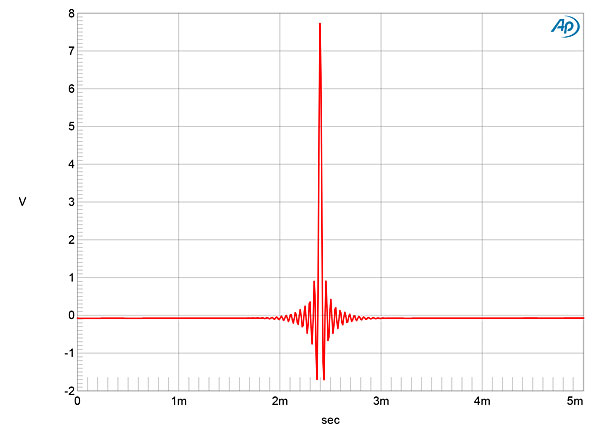maty
Major Contributor
[PDF] https://www.rme-audio.de/download/adi2profs_e.pdf



My traduction:
* If the RME DAC works in a studio recording -> Short Delay Sharp
* If the RME DAC works to enjoy music -> Short Delay Slow
With a good/very good 64-bit PEQ -> flat frequency response. But someone likes more this response at the listening point.

PS: I guess RME engineers do not know anything either, I say.
My traduction:
* If the RME DAC works in a studio recording -> Short Delay Sharp
* If the RME DAC works to enjoy music -> Short Delay Slow
SD Slow causes a small drop in the higher frequency range, but has a less aggressive (less steep) filter
With a good/very good 64-bit PEQ -> flat frequency response. But someone likes more this response at the listening point.
PS: I guess RME engineers do not know anything either, I say.
Last edited:

